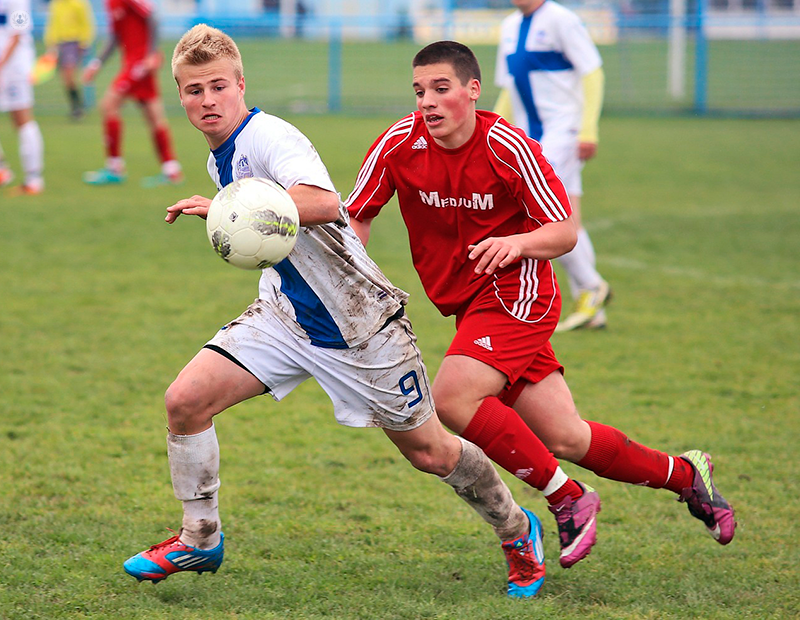Understanding PCL injuries and how to treat them
Autore:The PCL is a ligament in your knee that can be damaged when playing certain sports or while driving. Left untreated, an injury to the PCL can cause unsteadiness while walking or kneeling down. We asked leading orthopaedic Mr Sujith Konan how PCL injuries are diagnosed in clinic and how they can be treated.

What is the posterior cruciate ligament?
The posterior cruciate ligament (PLC) is a ligament that is situated within your knee joint at the back. It is the strongest and largest ligament in the human knee and exists of two functional bundles:
- the larger anterolateral bundle (ALB)
- the smaller posteromedial bundle (PMB).
The PCL connects your tibia (shinbone) to your femur (thighbone), and stops the shinbone moving too far backwards. It also provides rotational stability. A problem with the PCL has been shown to cause increased rotation of the tibia, in addition to posterior translation.
How do posterior cruciate ligament injuries occur?
Acute, isolated PCL injuries are rare , but most commonly result from sports or road traffic accidents. They require a heavy and direct force from the front to the back of the knee, which is why PCL injuries most commonly occur due to “dashboard injury” or falling over while your knee is bent. Nowadays, it is commonly seen with a variety of sports.
PCL injury may occur in isolation, or in combination with other injuries to the ligaments, cartilage or meniscus.
What are the symptoms?
Immediate symptoms usually include knee pain and swelling.
However, patients frequently come to the clinic later and will have more subtle symptoms such as:
- unsteadiness when kneeling
- pain at the front of the knee when reaching full stride
- feeling slightly more careful when slowing down
This can cause many diagnoses to be missed.
How are they diagnosed?
We have a number of tests we can carry out in the clinic, including: the posterior sag sign
- quadriceps active test
- the posterior drawer test
- the posterolateral drawer test
- the dial test in 30O and 90O of knee flexion
In terms of imaging, MRI is widely used for diagnosis now and is an excellent tool to diagnose PCL injuries, as well as injuries to rest of the knee.
What are the treatment options?
The mainstay of treatment for acute, isolated PCL injuries is non-operative. This involves initial rest and swelling management followed by muscle-strengthening work, while trying to reduce the posterior sag of the tibia.
The PCL has a natural ability to heal and regain continuity, but appropriate bracing and well-supervised physiotherapy are often required. On the whole, non-operative management of isolated PCL injuries yields good functional results.
Surgery is only required when:
- there is acute injury to the bone alongside ligament injury
- there are significant tears with concomitant chondral, meniscal and/or ligamentous injuries
- the patient has chronic functional impairment and non-operative methods have not worked


